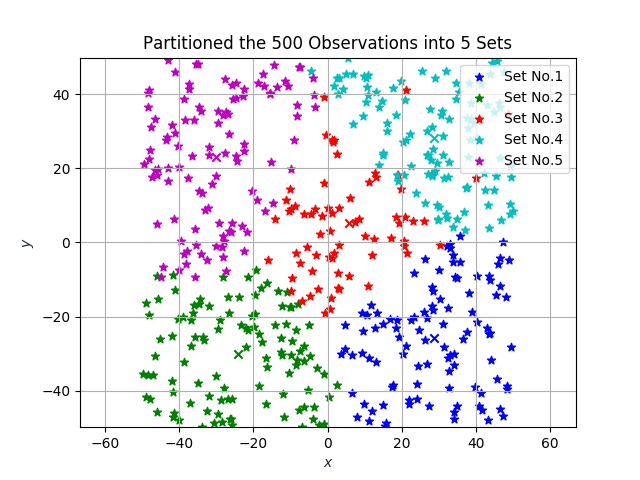We firstly define a class named Vector2 representing a two dimensional point.
class Vector2
{
double _x, _y;
public:
Vector2();
Vector2(double, double);
Vector2(const Vector2&);
Vector2(const Vector2&&) noexcept;
// Access:
double x() const { return _x; }
double y() const { return _y; }
// IO:
friend std::ostream& operator<<(std::ostream&, const Vector2&);
friend std::istream& operator>>(std::istream&, Vector2&);
// Operations:
Vector2& operator=(const Vector2&);
Vector2& operator=(const Vector2&&);
friend Vector2 operator+(const Vector2&, const Vector2&);
friend Vector2 operator-(const Vector2&, const Vector2&);
friend double operator*(const Vector2&, const Vector2&);
friend Vector2 operator*(const Vector2&, double);
friend Vector2 operator/(const Vector2&, double);
Vector2& operator+=(const Vector2&);
Vector2& operator-=(const Vector2&);
Vector2& operator*=(double);
Vector2& operator/=(double);
friend bool operator< (const Vector2&, const Vector2&);
friend bool operator> (const Vector2&, const Vector2&);
friend bool operator==(const Vector2&, const Vector2&);
friend bool operator!=(const Vector2&, const Vector2&);
};Let's now create some random points and partition them into distinct groups.
auto frand = [](double min, double max)
{
const double fraction = static_cast<double>(std::rand()) / static_cast<double>(RAND_MAX);
return min + fraction * (max - min);
};
std::vector<Vector2> points;
for (std::size_t count = 0UL; count < NUMBER_OF_POINTS; count++)
points.emplace_back(frand(MIN, MAX), frand(MIN, MAX));
auto cost = [](const Vector2& A, const Vector2& B)
{
const double xdiff = A.x() - B.x();
const double ydiff = A.y() - B.y();
return xdiff * xdiff + ydiff * ydiff;
};
auto demand = [](const Vector2& v)
{
return 1UL;
};
auto clusters = Cluster<Vector2>::cmeans(points, CAPACITY, cost, demand);For further explanation on the cost and demand arguements, please refer to the paper linked below.
Accessing each cluster's internals can be achieved through the methods centroid and elements.
for (const auto& cluster : clusters)
{
std::string points;
points += "(" + std::to_string(cluster.centroid().x());
points += ", ";
points += std::to_string(cluster.centroid().y()) + ")";
for (const auto& element : cluster.elements())
{
points += ", ";
points += "(" + std::to_string(element->x());
points += ", ";
points += std::to_string(element->y()) + ")";
}
std::cout << "[" + points + "]" << std::endl;
}Let's now visualize our results.
./bin/cmeans 20 6 -50 +50 | python3 plot.py -s ./data/tiny.png./bin/cmeans 50 13 -50 +50 | python3 plot.py -s ./data/small.png./bin/cmeans 130 27 -50 +50 | python3 plot.py -s ./data/medium.png./bin/cmeans 250 53 -50 +50 | python3 plot.py -s ./data/large.png./bin/cmeans 500 109 -50 +50 | python3 plot.py -s ./data/huge.pngImproved K-Means Algorithm for the Capacitated Clustering Problem





